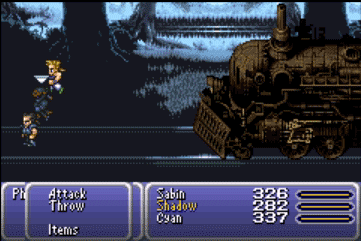I was, maybe, a bit too kind to Erwin Rommel when I wrote about him. He did some great deeds for a Nazi, but in the end he was, after all, a Nazi. Maybe he wasn't a model citizen in the modern, not-complicit-in-a-brutal-dictatorship sense of the word.
If you want an example of what a bold and decent person does against the rise of National Socialism, maybe a better choice would be Paul von Lettow-Vorbeck. Lettow-Vorbeck was a hero to the German people after World War I. He led the only successful invasion of Imperial British soil during that conflict, and he did so by waging what has been described as the greatest guerrilla operation in history.
 |
| There are other contenders. |
He led about 14,000 men in East Africa on a campaign that was meant solely to divert as much resources as possible away from the Allies on the Western Front. That way, he reasoned, the folks in the thick of the war could get the important fighting done. There was essentially no hope of success, and Lettow-Vorbeck proved it by surrendering entirely undefeated under orders from high command after the Armistice.
While he was in command, more than half of his men were native Africans. He lived in a different time -- when the White Man's Burden was considered progressive -- and yet, he showed a remarkable amount of tolerance and even respect for other races. He spoke fluent Swahili and named black soldiers as officers, a rarity at the time. When questioned, he firmly stated, "We are all Africans here."
 |
| A bunch of white kids would say the same thing years later in the Book of Mormon. The musical. Not the book. |
After the war, Paul von Lettow-Vorbeck became involved in politics. He is chiefly known today as a vehement opponent of Adolf Hitler during his rise to power. He was one of Hitler's chief adversaries, and when the Führer offered him an ambassadorship as an olive branch in 1938, rumor has it that his response was, "Go fuck yourself." Imagine saying that to Hitler near the peak of his power. Even better, Lettow-Vorbeck's nephew was asked about the incident decades later, he said, "I don't think he put it that politely."
 |
| And everybody was like "OOOOOH YOU GOT SERVED MEIN FÜHRER!" |
Pretty cool guy, right? Well, here's the thing: the guy was a major warhawk. He disobeyed direct orders by the governor of German East Africa in order to engage the British. The governor wanted to remain neutral in the war, because he rightly feared that war would destroy any positive change Germany brought to the region in favor of starvation and violence. That's exactly what happened, and Lettow-Vorbeck shrugged it off as an unfortunate fact of war. Add to that the fact that he regularly (albeit strategically) denied food to civilians so that his army could stay in the fight and he doesn't seem all that terrific.
That's the problem with heroes. They're all so human, and they all have to live in the real world.
Still, he told Hitler to go fuck himself. Major props for that one, right?
Holy shit.

















